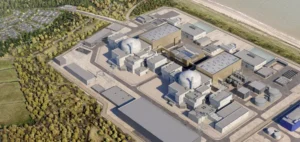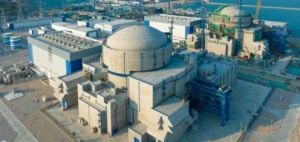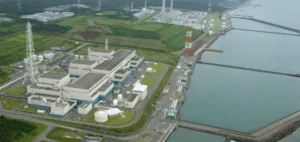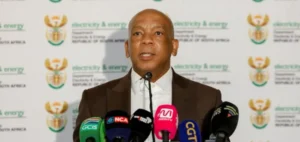In the Netherlands, nuclear power seemed to have little future until recently, but the government has announced a new nuclear power program.
Political support is essential
In the Netherlands, a nuclear program will be launched. The government announces the construction of two new nuclear reactors and the extension of the existing one. The context favors this support, between the energy crisis and the drop in gas production.
However, managers will have to deal with cost control as well as a loss of construction know-how. The Netherlands is planning to build two Generation III+ nuclear reactors. According to preliminary plans, they would be completed around 2035 and would have a capacity of 1000 to 1650MWe respectively.
The two reactors would thus provide 9 to 13% of the Netherlands’ production in 2035. The Dutch Council of Ministers designates the site of the Borssele nuclear power plant as the preferred location for the two new reactors. This will allow us to benefit from experience, as well as from existing infrastructures, such as the storage of nuclear waste.
In addition, local support is important. The final choice of location will probably not be finalized until the end of 2024. Generation III+ reactors feature improvements in safety, operating time, fuel technology and efficiency. In addition, they have extensive international experience in deploying this technology.
The Dutch ruling coalition actively supports nuclear power. The government previously allocated €5 billion to the construction of new nuclear power plants. This amount comes from a €35 billion fund, intended to finance the energy transition over the next decade.
A budgetary effort
The Netherlands used to allocate €500 million for the construction of new power plants by 2025. The Council of Ministers requests a study on the extension of the operation of Borssele, the only existing nuclear power plant in the Netherlands. The aim is to extend the operating period after 60 years of operation, beyond 2033.
However, in order to allow such an extension, a revision of the Nuclear Energy Act will be necessary. The French Nuclear Safety and Radiation Protection Authority is in charge of examining whether the operation of the existing 482MWe pressurized water reactor is technically reliable. The government demands that Borssele remains in the top 25% of safe plants.
The nuclear program is part of the coalition’s desire to be at the forefront of Europe’s fight against global warming. However, the Netherlands is lagging behind, especially in relation to the European targets towards net zero. According to European legislation, 14% of energy consumption in the Netherlands should be renewable by 2020.
However, in the end, the country only reaches 11%. To meet these objectives, the leaders have set up a €35 billion climate fund. They include subsidies for renewable energy and a CO2 pricing system for roads in 2030.
If the two new nuclear power plants do not contribute to the 2030 targets, they can contribute to the 2050 targets. In order to reach the goal of zero net emissions in 2050, nuclear power is a suitable solution for the Dutch government. In addition, in recent years, the Netherlands has been a major supplier of gas.
Challenges to be met
However, since 2018, the country has become a net importer of gas. This is the result of the extraction reductions in the Groningen gas field. In addition, the underground vacuum pockets created by the gas extraction cause numerous earthquakes in the region, motivating the shutdown of the site.
Thus, the Netherlands’ nuclear program will allow it to cope with these events and to ensure part of its energy security. However, cost will be one of the main obstacles. The amount currently allocated is €5 billion.
However, several recent examples show that the initial budget can exceed the initial ceiling. This is the case in Finland with the Olkiluoto 3 reactor, which is several times over budget and more than 10 years late. Another similar example can be found in France with Flamanville 3.
Finally, the completion of Hinkley Point C in the UK will cost an additional £500 million over the original budget. Cost and schedule control will therefore be crucial. In addition, the Netherlands is facing a loss of knowledge and expertise in building nuclear infrastructure.
The last nuclear power plant in the Netherlands completed its construction more than 50 years ago. It is therefore necessary for the government to invest. The entire construction chain must benefit from this effort, from construction to professional training.






















